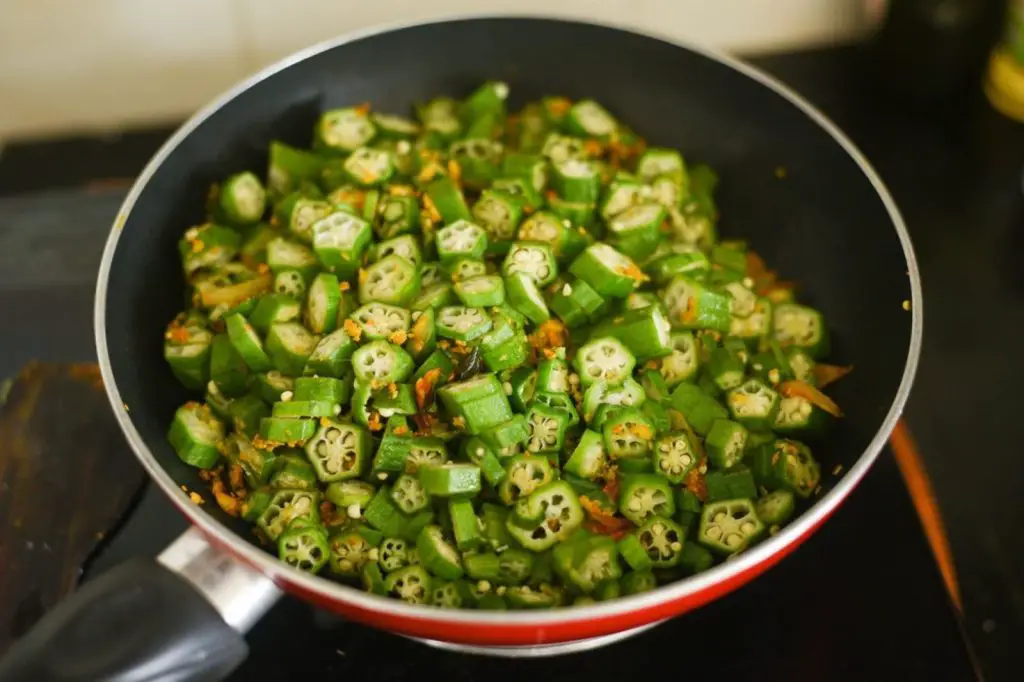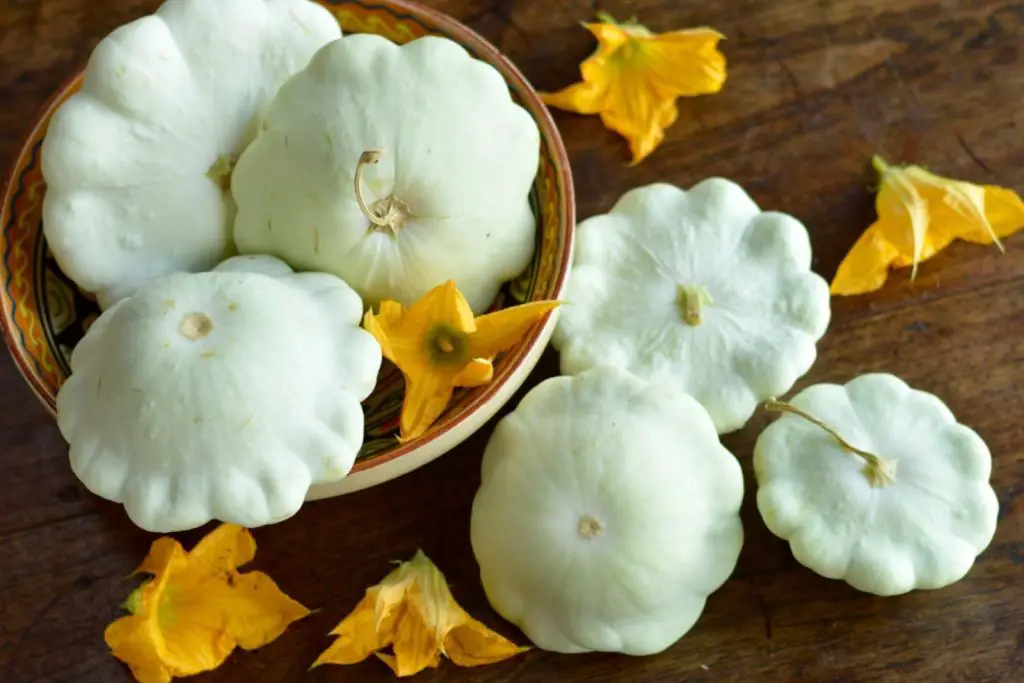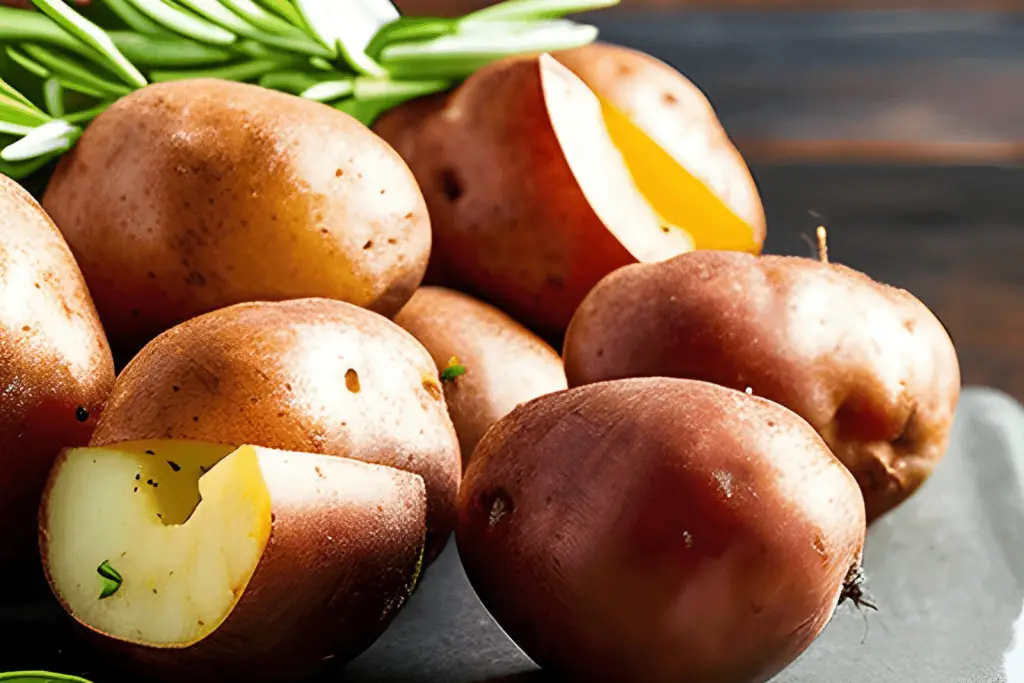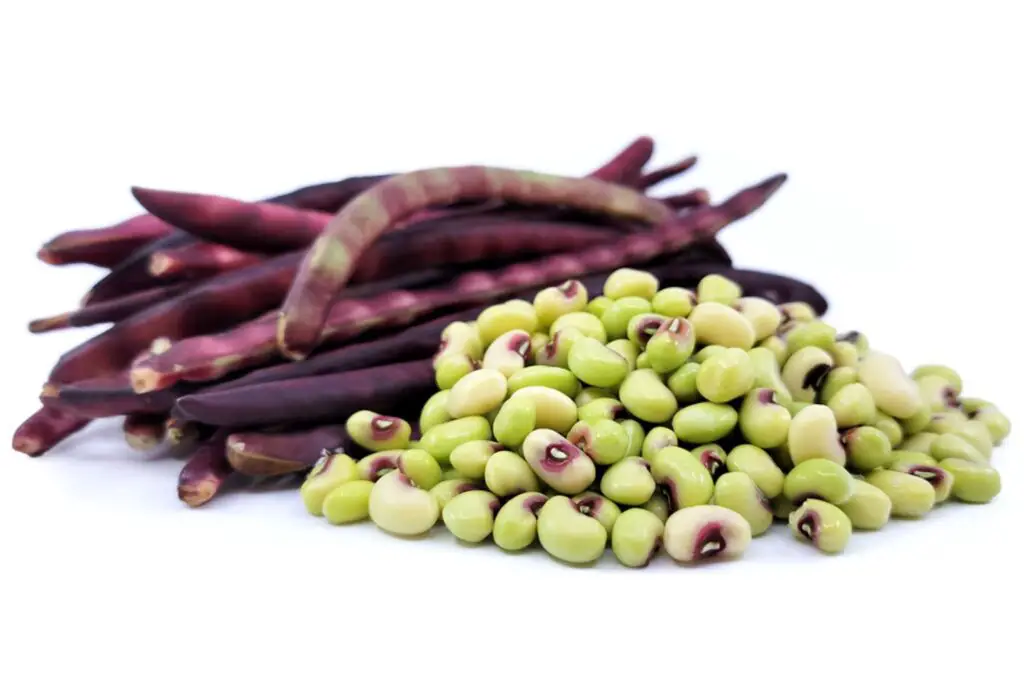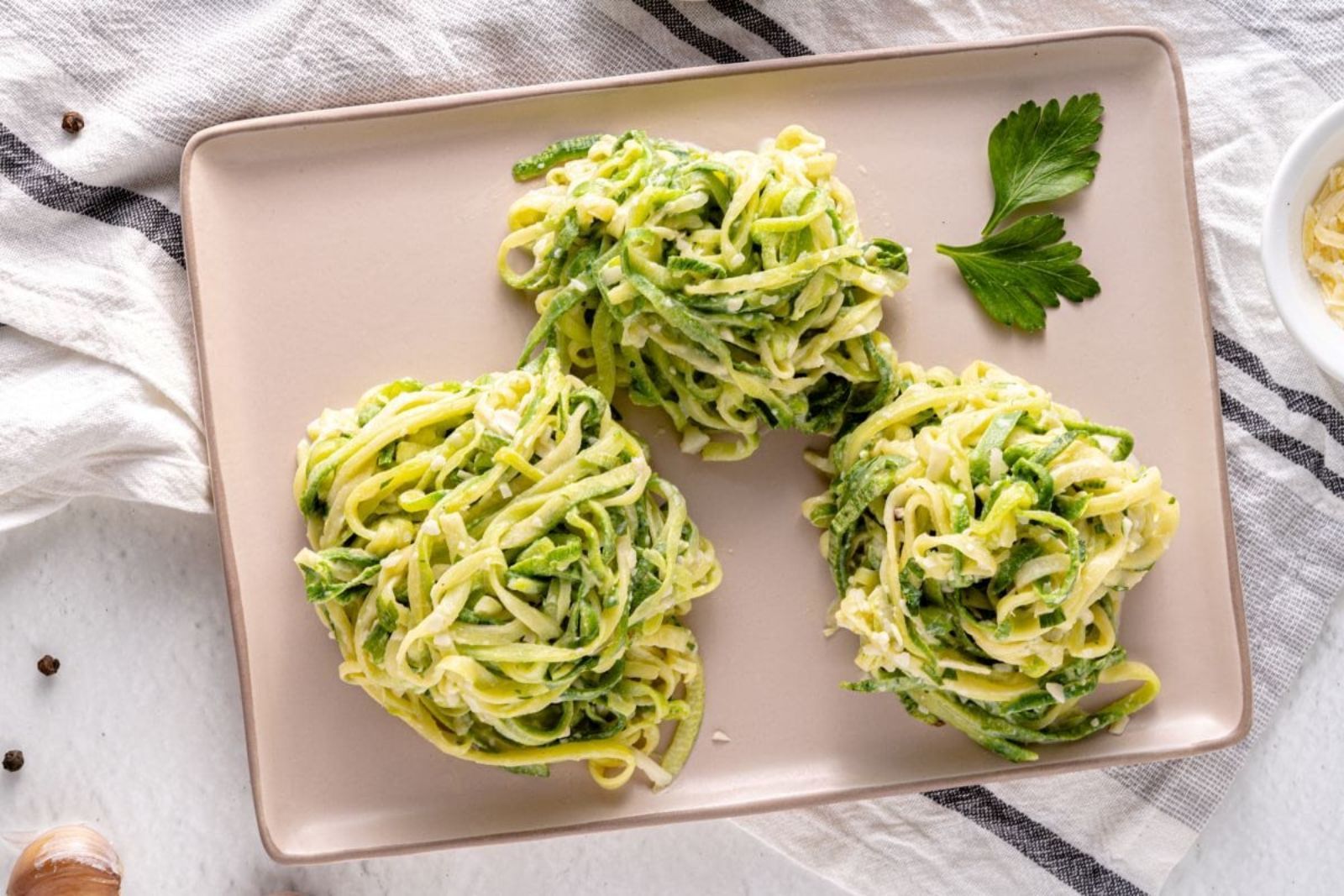
Zucchini noodles, also known as “zoodles,” have gained significant popularity as a healthy and low-carb alternative to traditional pasta. These noodles are made by spiralizing fresh zucchini into long, thin strands that resemble spaghetti. With their mild flavor and versatile texture, zucchini noodles provide a nutritious and satisfying base for a variety of dishes. They can be used as a substitute for pasta in recipes like stir-fries, and salads, or as a light and refreshing side dish.
If you have an abundance of zucchini or want to prepare zucchini noodles in advance for quick and convenient meals, freezing can be a practical way to preserve their texture and taste. Freezing zucchini noodles allows you to enjoy this vegetable pasta alternative even when zucchini is out of season, ensuring that you can continue to enjoy its health benefits and culinary versatility. In the following section, we will explore the process of freezing zucchini noodles and provide tips for maintaining their quality and texture after thawing.
Here are the steps to freeze zucchini noodles:
Step 1: Spiralize the zucchini into noodles.
The most common tool used for spiralizing is a spiralizer, which can be either manual or electric.
A manual spiralizer typically consists of a base with suction cups to hold it in place, a crank handle, and interchangeable blades for creating different types of noodle shapes. The zucchini is inserted into the spiralizer, and as the handle is turned, the blades slice the vegetable into long, thin noodles.
A julienne peeler, on the other hand, is a simple handheld tool that can be used to create thinner, more delicate zucchini noodles. To use a julienne peeler, simply run the peeler along the length of the zucchini, creating thin strips that resemble noodles.
Both methods produce zucchini noodles that are suitable for a variety of dishes. Spiralized zucchini noodles can be used in stir-fries, salads, and pasta dishes, while julienne-style zucchini noodles can be used as a garnish or a light, refreshing addition to soups or salads.
Step 2: Blanch the zucchini noodles by boiling them in a pot of salted water.
To blanch zucchini noodles, start by bringing a pot of salted water to a boil. Add the zucchini noodles to the pot and cook for about 1-2 minutes, or until they are just tender. Be careful not to overcook the noodles, as they can become mushy and lose their shape.
Blanching zucchini noodles before freezing can help to maintain their flavor, texture, and nutritional value. It also helps to preserve their bright green color, which can fade over time if the noodles are not blanched. Blanching is often used for vegetables, such as zucchini, to partially cook them before freezing, canning, or using them in recipes.
Can I freeze raw zucchini noodles?
Yes, you can freeze raw zucchini noodles, but it is not recommended. Raw zucchini noodles have a high water content, and when frozen, they tend to become mushy when thawed. If you must freeze raw zucchini noodles, it is recommended that you pat them dry with a paper towel to remove excess moisture before freezing. It is also important to note that frozen raw zucchini noodles are best used in soups or stews, as opposed to being eaten as a stand-alone dish.
Step 3: Transfer the blanched noodles to an ice bath to stop.
When blanching zucchini noodles, it is important to quickly cool them down to stop the cooking process and prevent them from becoming mushy or overcooked. Immediately transferring the noodles to an ice bath is the most effective way to achieve this.
To create an ice bath, fill a large bowl with cold water and add plenty of ice cubes. The water should be cold enough to quickly cool down the zucchini noodles. Using a slotted spoon or spider, remove the blanched zucchini noodles from the pot and transfer them directly to the ice bath. Stir the noodles gently in the ice water to ensure that they are all submerged and cooled evenly.
The ice bath not only stops the cooking process, but it also helps to lock in the flavor, color, and texture of the zucchini noodles. The rapid cooling process helps to prevent the noodles from becoming soggy or limp, which can happen if they are allowed to cool down slowly.
After the zucchini noodles have been in the ice bath for about 2-3 minutes, they should be cool enough to handle.
Step 4: Drain the noodles thoroughly.
This step helps to prevent ice crystals from forming on the noodles, which can cause them to become freezer burnt and lose their texture and flavor.
To drain the zucchini noodles, use a slotted spoon or spider to remove them from the ice bath and transfer them to a colander or strainer. Shake the colander gently to remove any excess water, then spread the noodles out on a clean kitchen towel or several layers of paper towels.
Gently pat the noodles with more paper towels to remove any remaining moisture. It is important to remove as much water as possible to prevent the noodles from becoming soggy when they are frozen.
Step 5. Portion the noodles into freezer-safe containers and freeze.
Portioning and storing the zucchini noodles properly is the final step in the process of freezing them. It is important to use freezer-safe bags or containers to prevent freezer burn and to remove as much air as possible from the bags or containers to prevent ice crystals from forming on the noodles.
To portion the noodles, divide them into single-serving portions or portions that match the amount needed for your favorite recipe. Then, transfer the portions to freezer-safe bags or containers. Be sure to leave about an inch of space at the top of the bag or container to allow for expansion as the noodles freeze.
To remove air from the bags, press out as much air as possible before sealing. Alternatively, you can use a vacuum sealer to remove air from the bags.
Label the bags or containers with the date that the noodles were frozen and the contents. This will help you track how long they have been frozen and what they are, making it easier to use them in your favorite recipes.
How long can I keep frozen zucchini noodles in the freezer?
Frozen zucchini noodles can last in the freezer for up to 8 months. However, for best quality and flavor, it is recommended that you consume them within the first 3-4 months. After that, they may begin to develop freezer burn, which can affect their texture and taste. To ensure the longest possible storage time, it’s important to properly package and seal the zucchini noodles before placing them in the freezer, as this will help to prevent freezer burn and other forms of degradation.
Other related questions
How do I thaw frozen zucchini noodles?
To thaw frozen zucchini noodles, remove them from the freezer and place them in the refrigerator for several hours or overnight. Alternatively, you can microwave them for a few minutes or quickly sauté them in a pan. Avoid thawing zucchini noodles at room temperature to prevent bacterial growth. Once thawed, gently squeeze the excess moisture out of the noodles before using them in your recipe.
Can I refreeze zucchini noodles after they have been previously thawed?
It is generally not recommended to refreeze zucchini noodles after they have been thawed once, as this can cause them to lose their texture and flavor. However, if the noodles were thawed in the refrigerator and have not been left at room temperature for more than two hours, they can be refrozen. It is important to note that the quality of the noodles may be affected and they may not be as good as freshly frozen ones. To avoid the need to refreeze, it is best to freeze zucchini noodles in smaller portions to only thaw what is needed.
How can I tell if my frozen zucchini noodles have gone bad?
Frozen zucchini noodles that have gone bad will have noticeable changes in texture, color, and odor. If they have developed ice crystals, freezer burn or become slimy, it is best to discard them. Additionally, if there is a sour or off odor, it is a sign that they have spoiled and should not be consumed. Always use caution when consuming any food that has been stored in the freezer for an extended period of time, as it may have degraded in quality and nutritional value.
Can I use frozen zucchini noodles with fresh ones?
Yes, you can use frozen zucchini noodles with fresh ones. However, it’s important to keep in mind that frozen zucchini noodles may release more liquid when thawed and cooked, which can affect the texture of the dish. To minimize this, you can try partially thawing the frozen noodles before adding them to the dish or using them in a recipe that involves a sauce that can absorb the extra liquid. Additionally, you may want to adjust the cooking time or method to account for the difference in texture between fresh and frozen zucchini noodles.
Does freezing zucchini noodles affect their flavor, color, and texture?
Yes, freezing zucchini noodles can affect their flavor, color, and texture. Freezing can cause the zucchini noodles to become softer and more waterlogged, which can impact their texture. Additionally, freezing can cause some loss of flavor and color due to the breakdown of cell walls in the zucchini. To minimize these effects, it’s important to properly store the zucchini noodles and use them in dishes that will allow their texture to be preserved.
Will frozen zucchini noodles be mushy when thawed?
When zucchini noodles are thawed, they can become mushy and lose some of their texture. To minimize this, it is important to cook the noodles briefly before freezing and not overcook them when reheating. Also, make sure to drain excess liquid before freezing and to store them properly in an airtight container or freezer bag. While they may not have the same crispness as fresh noodles, frozen zucchini noodles can still be a tasty and convenient option with proper handling and preparation.
Can I freeze zucchini noodles with other vegetables?
Yes, you can freeze zucchini noodles with other vegetables. It’s best to choose vegetables that freeze well and have similar cooking times to zucchini. You can freeze them together in airtight containers or freezer bags. Make sure to blanch the vegetables first to preserve their texture and color. You can also freeze pre-made vegetable mixes that include zucchini noodles, just follow the same freezing guidelines as for zucchini noodles alone. When cooking with frozen zucchini noodles and vegetable mixes, just keep in mind that the texture may be slightly softer than when using fresh vegetables.

